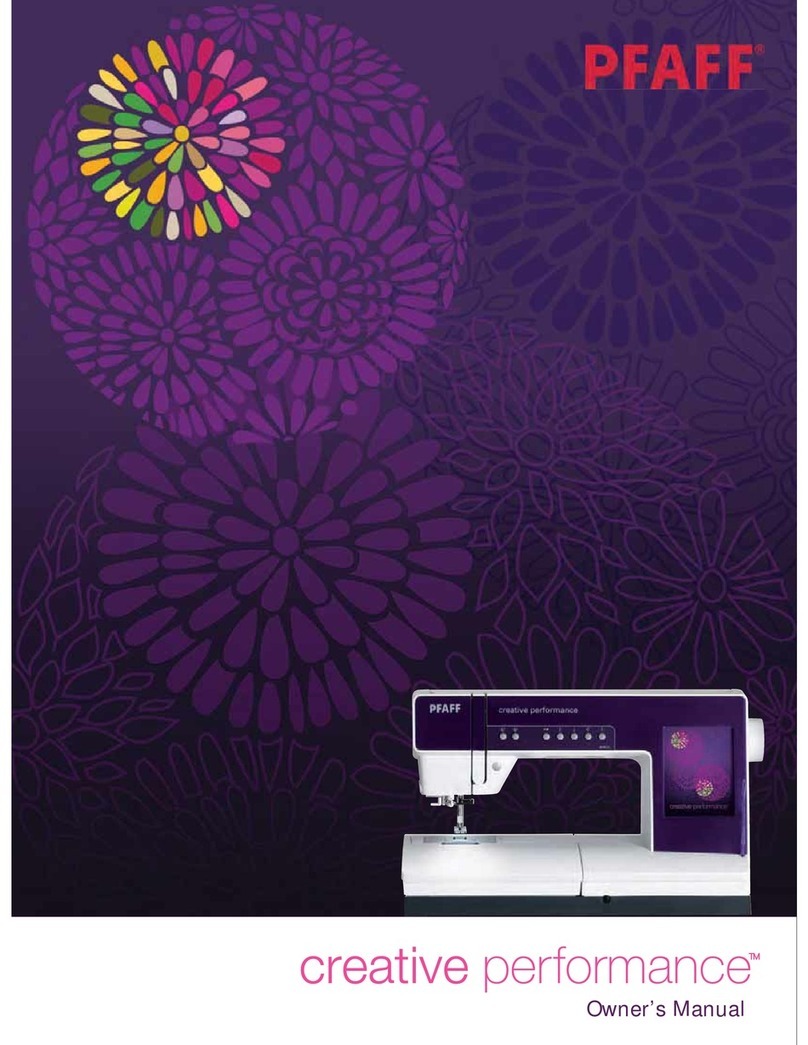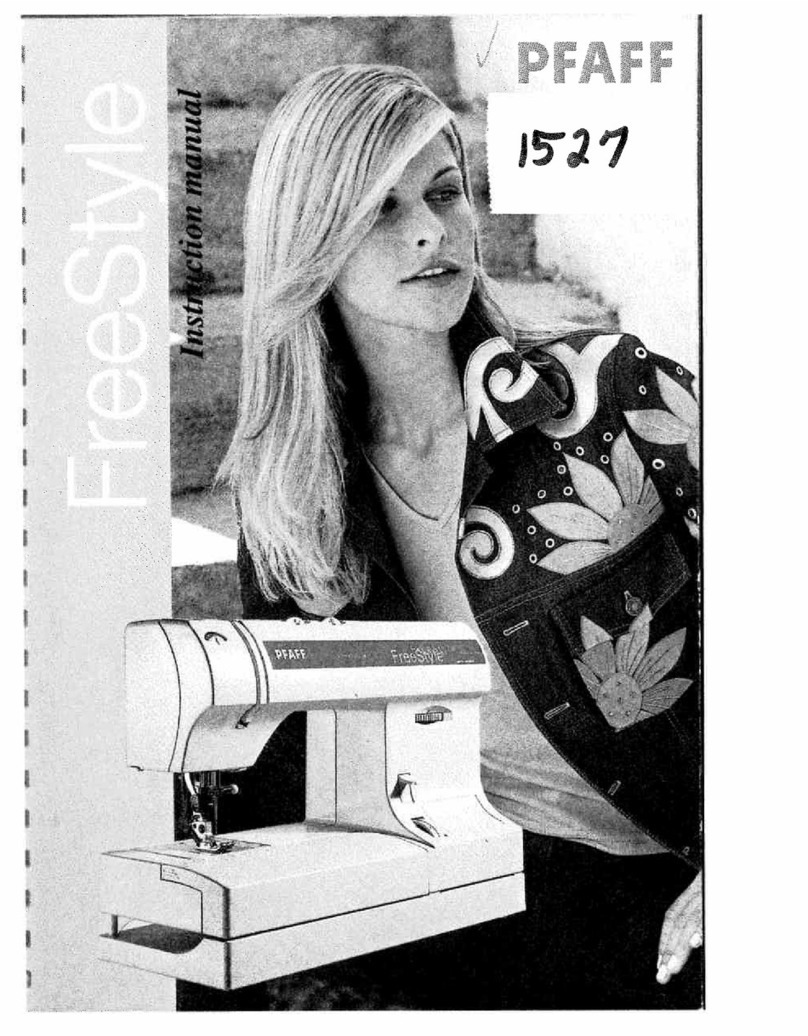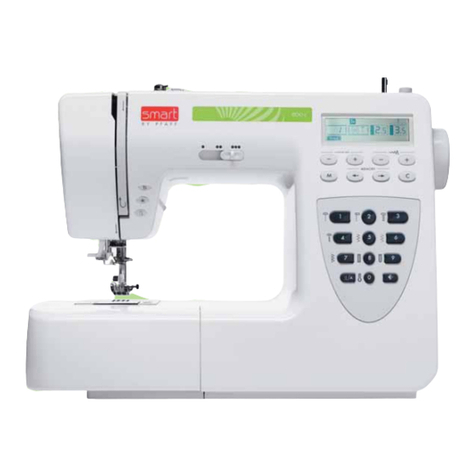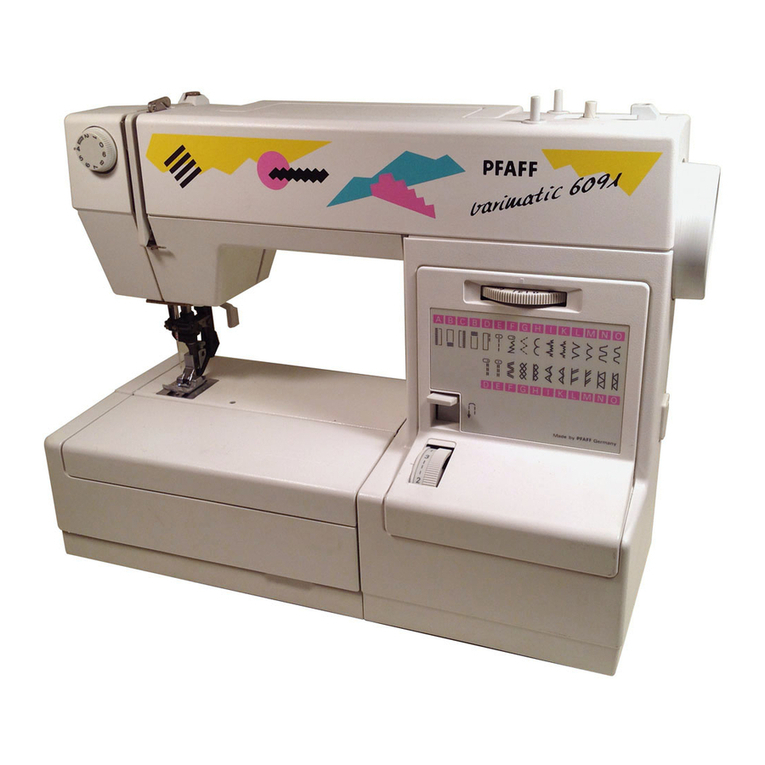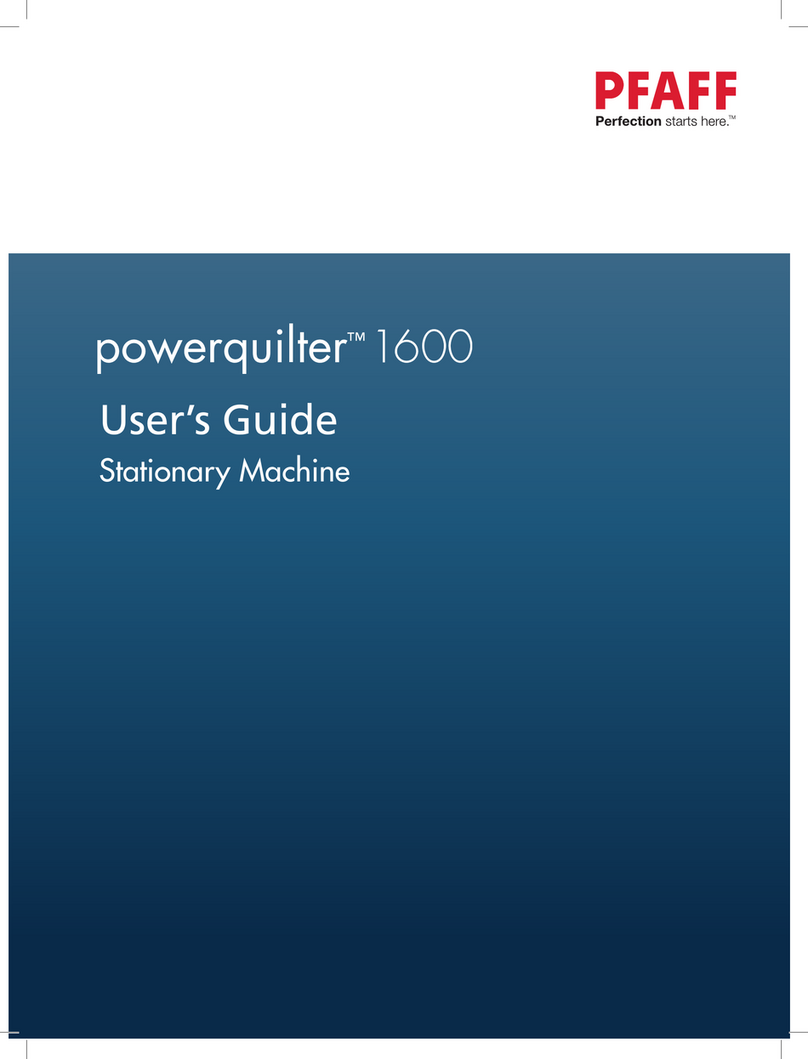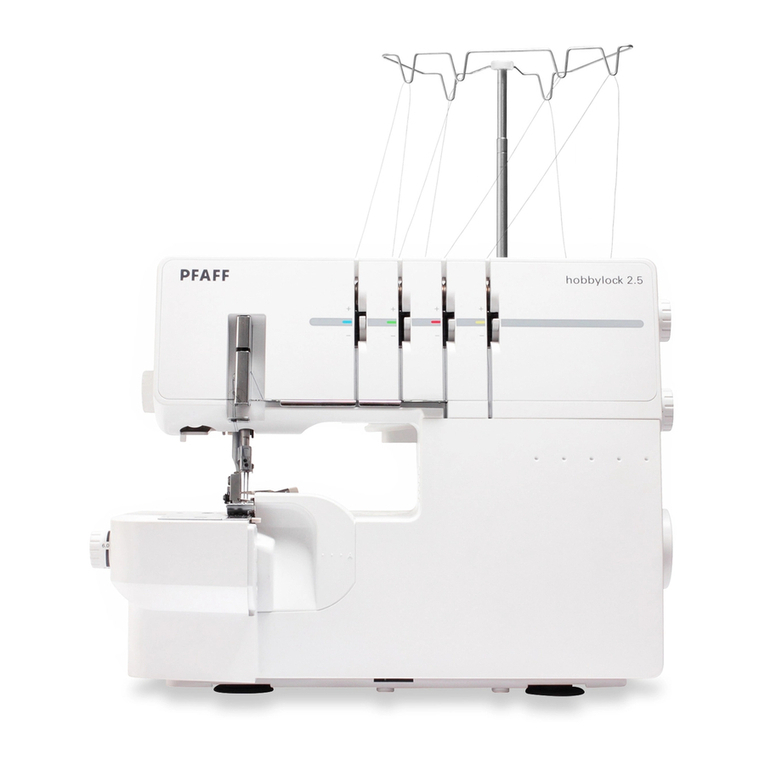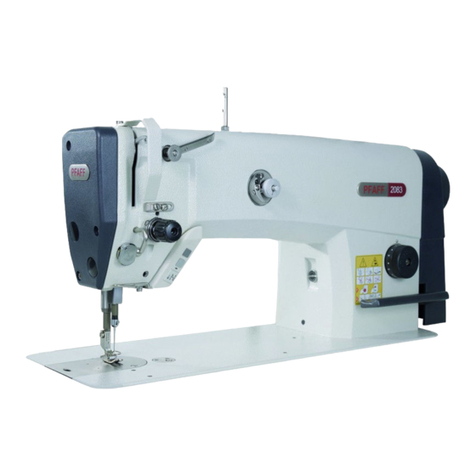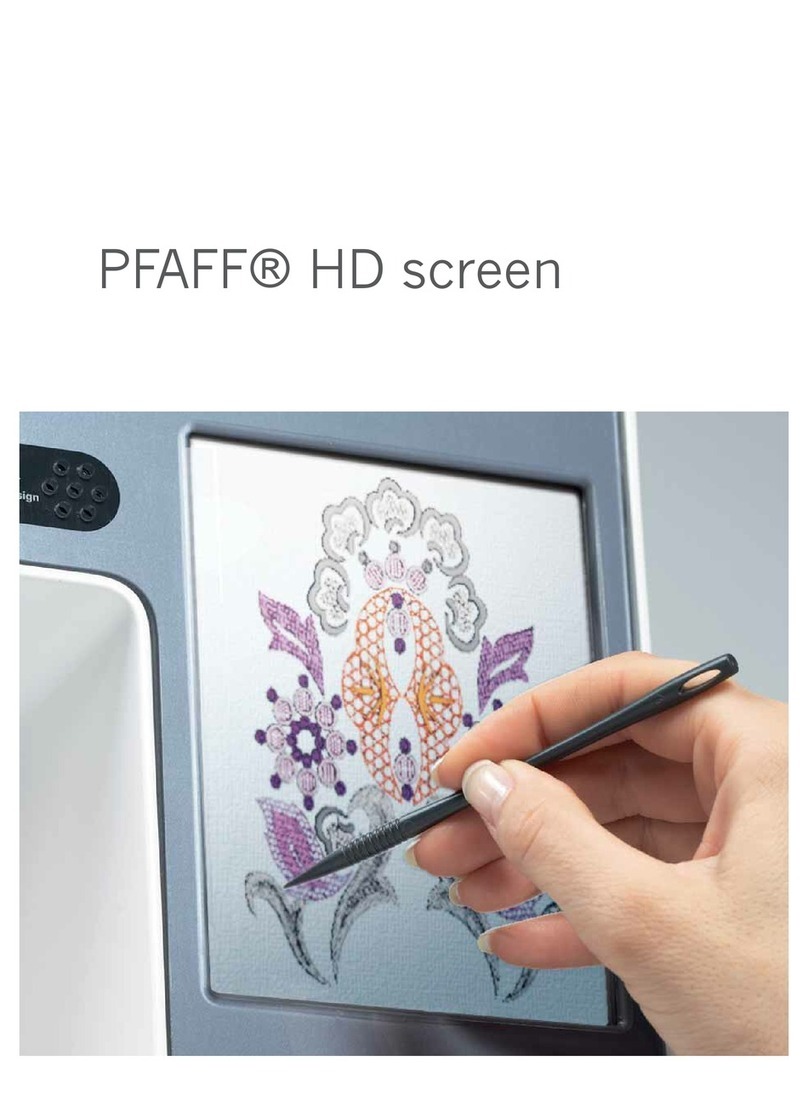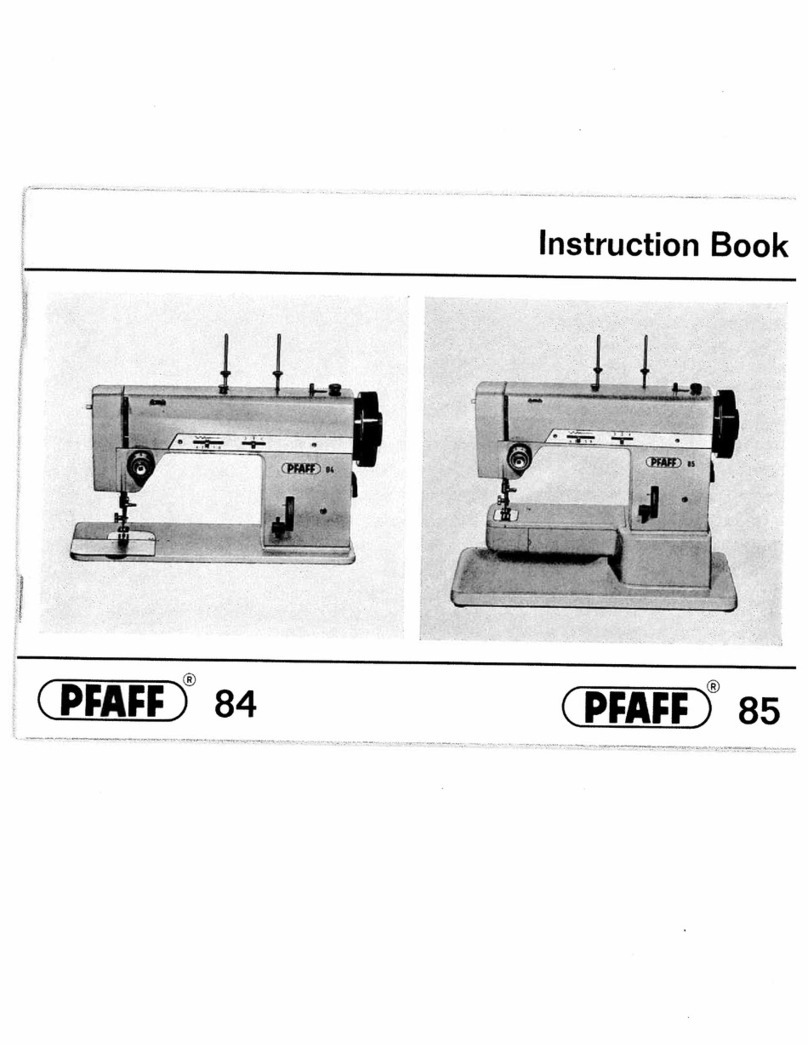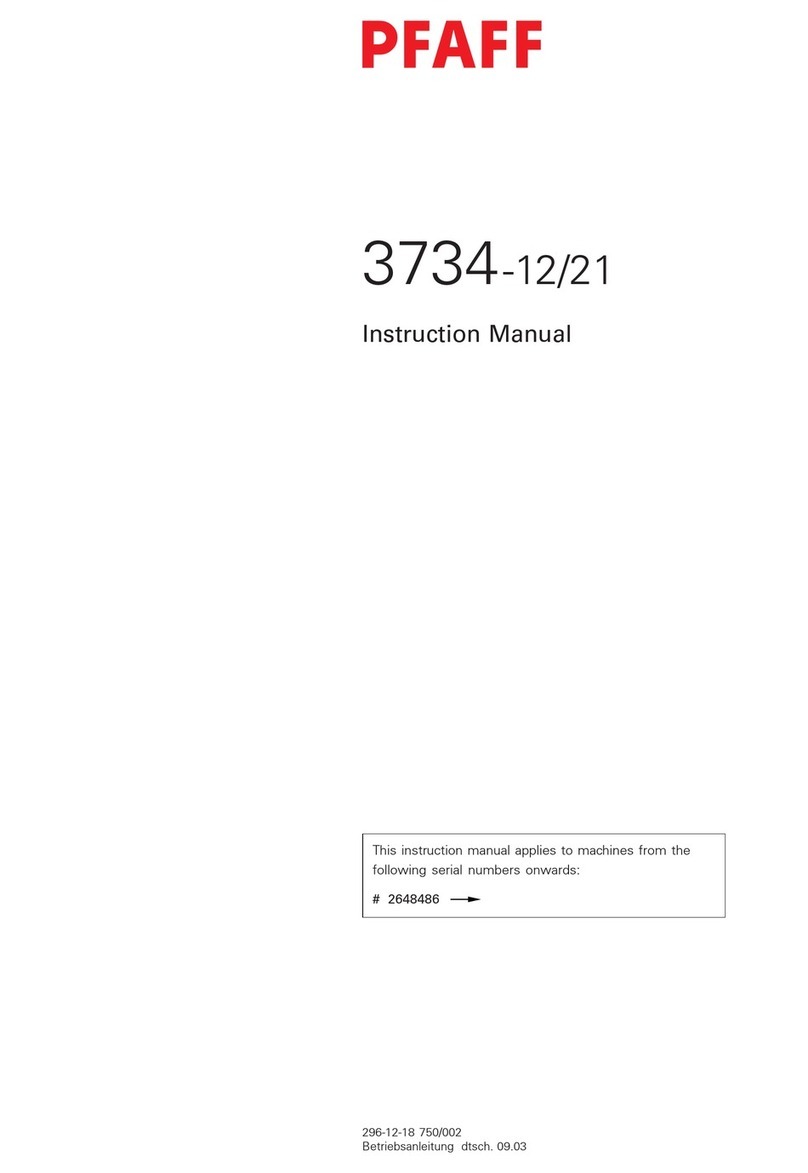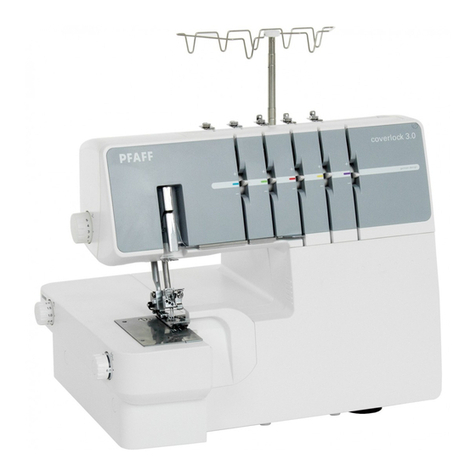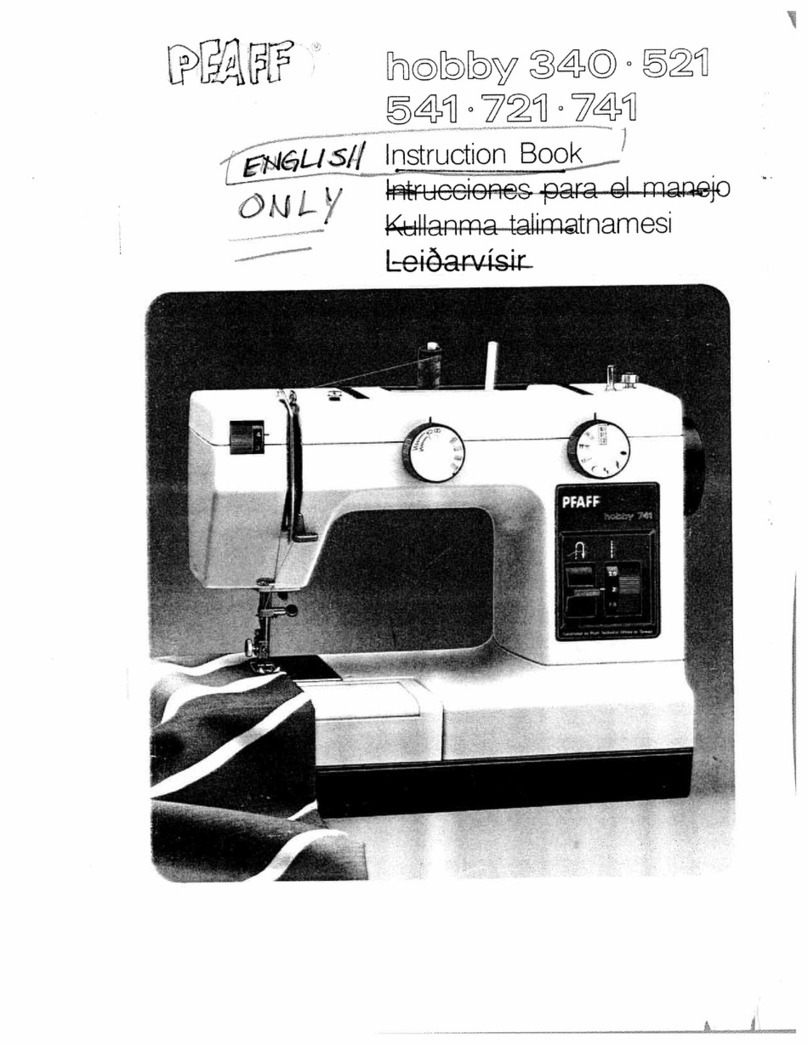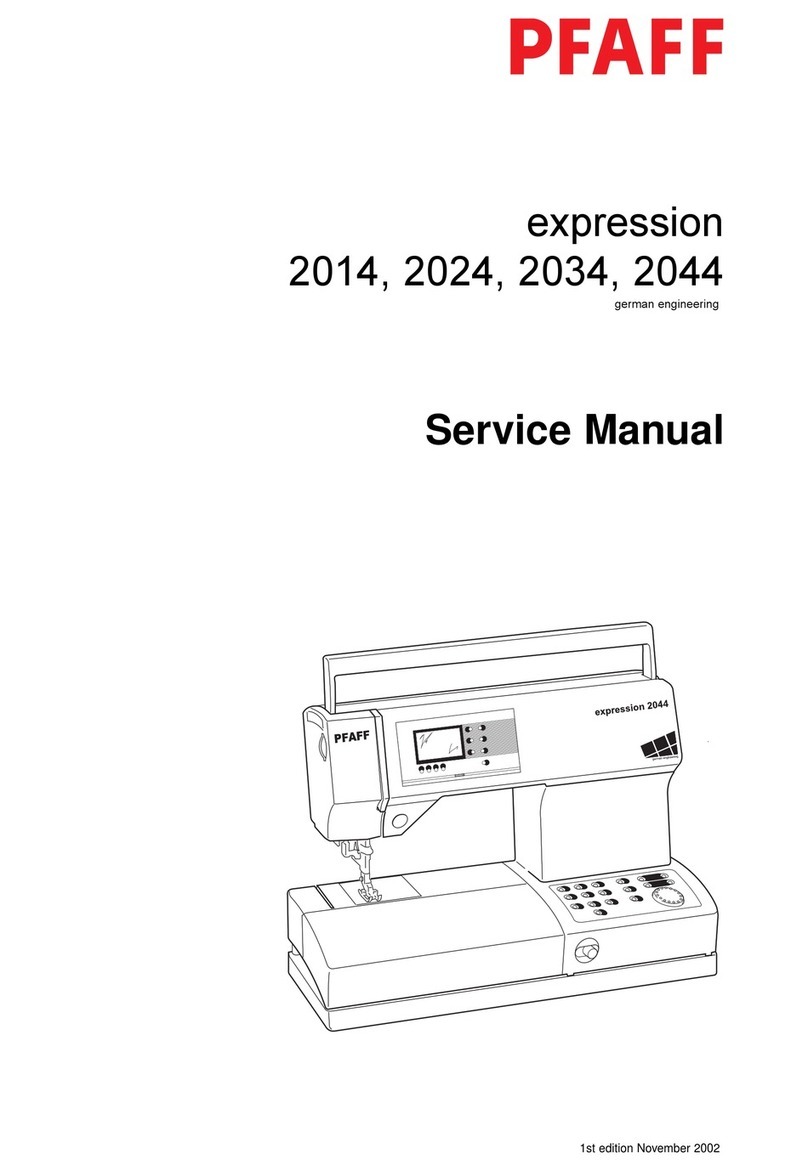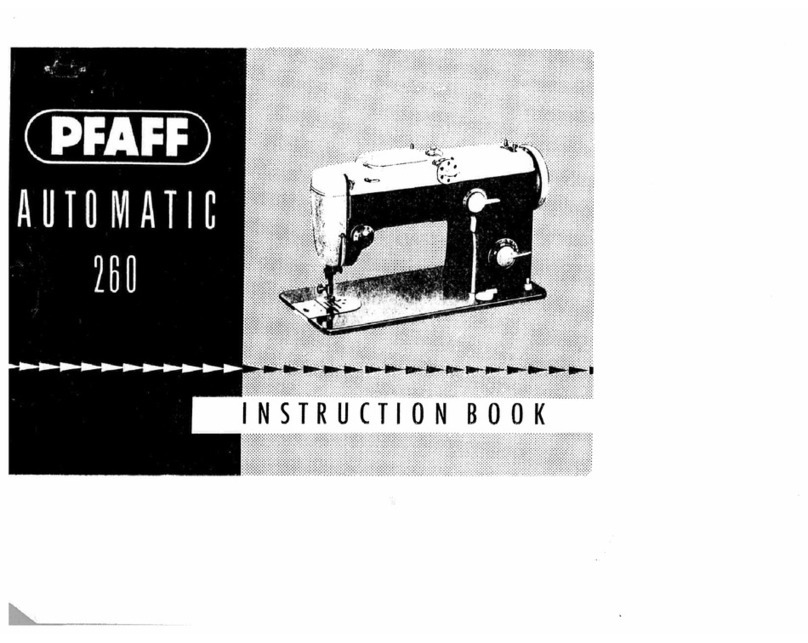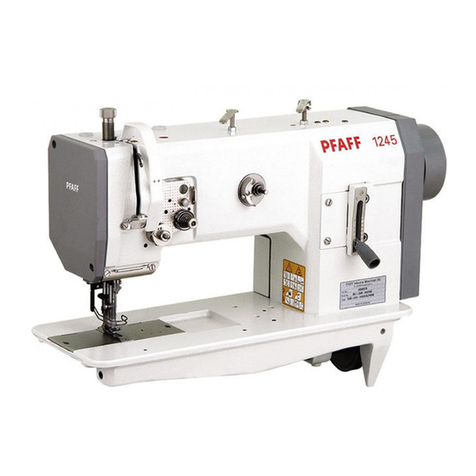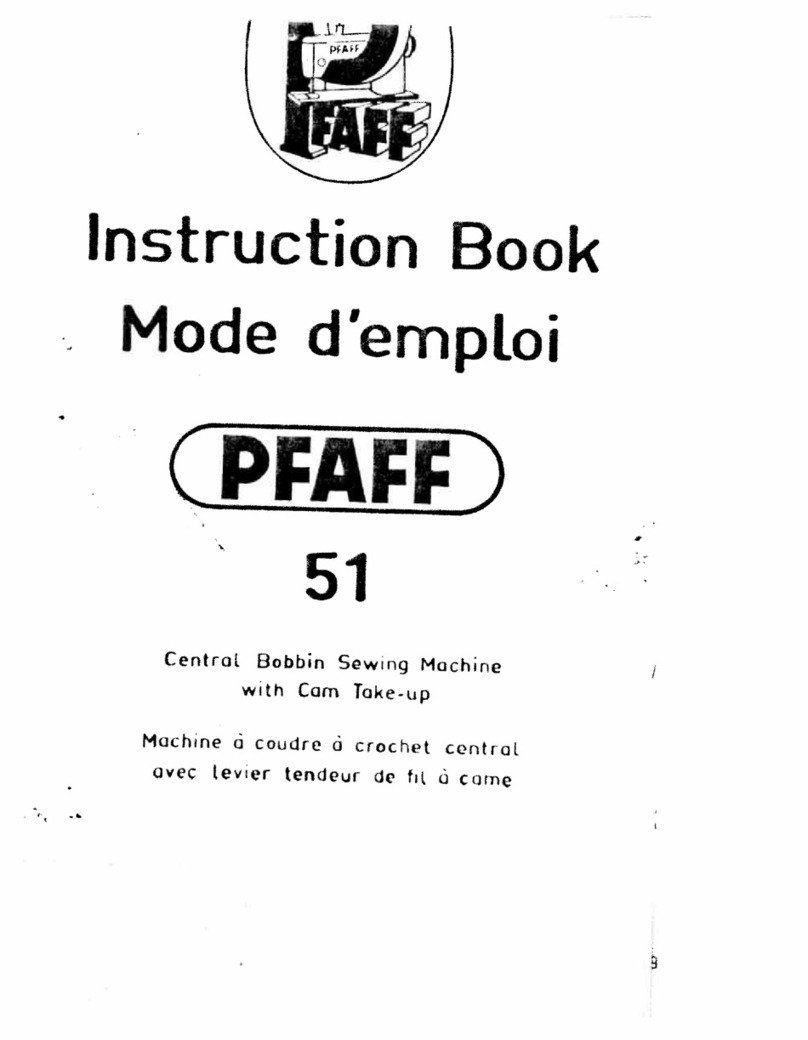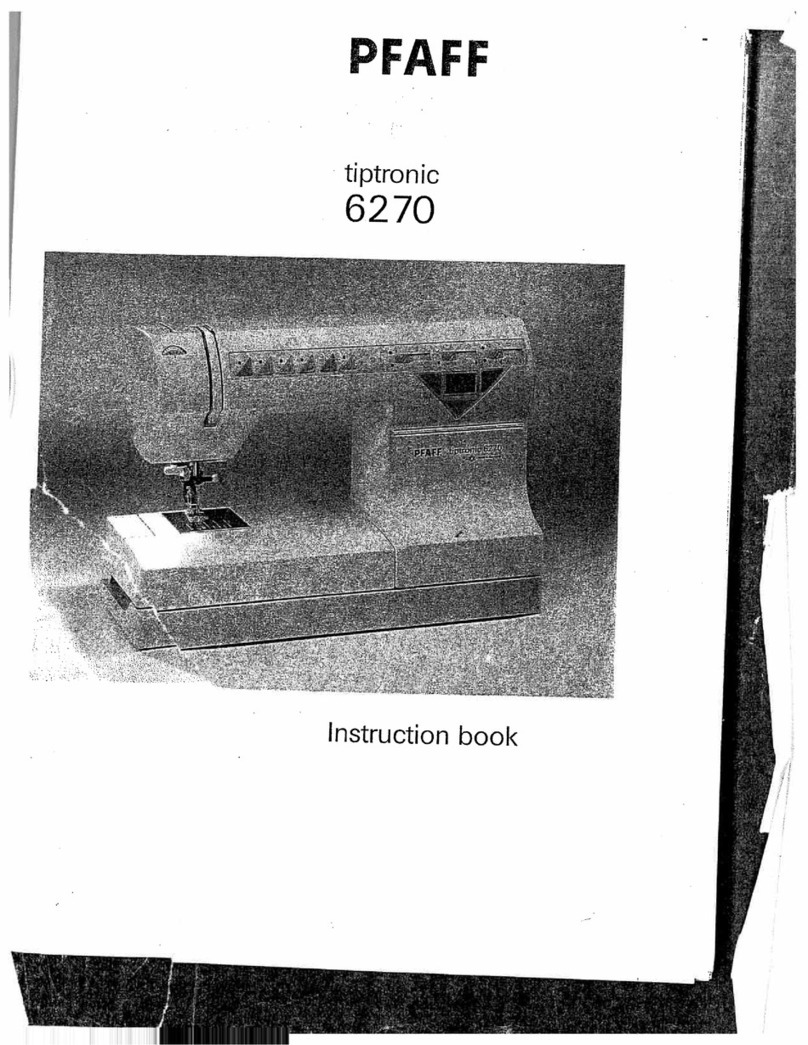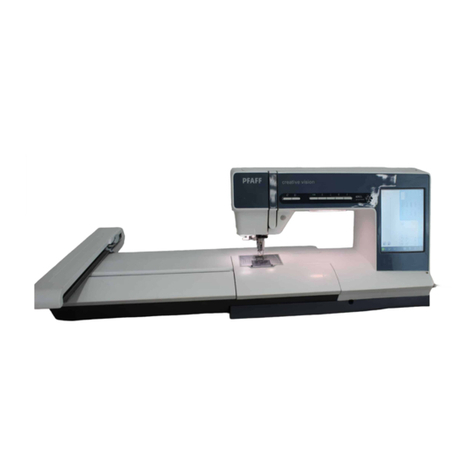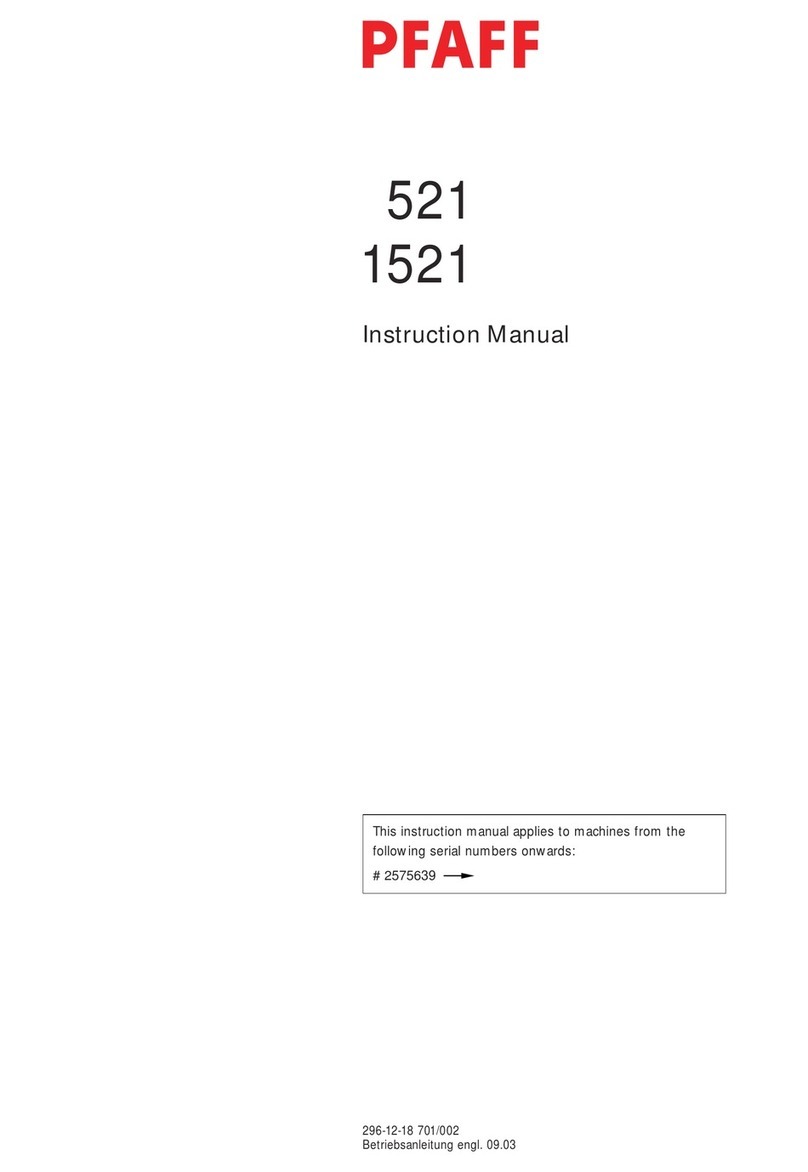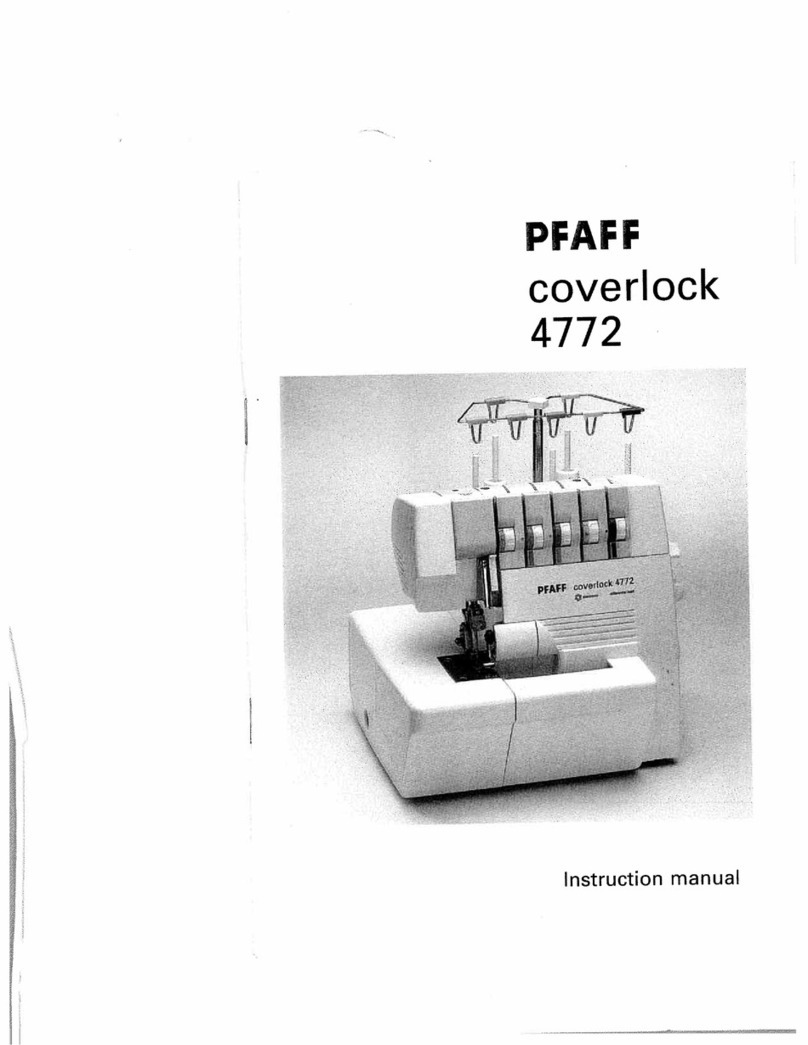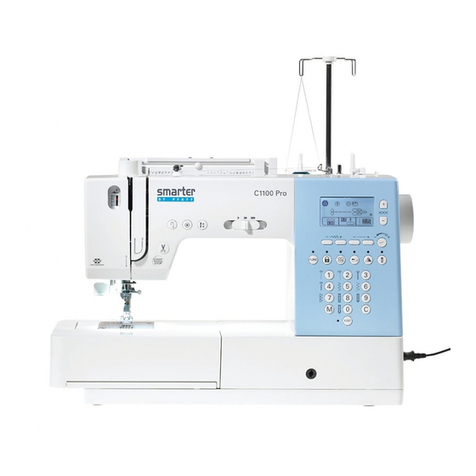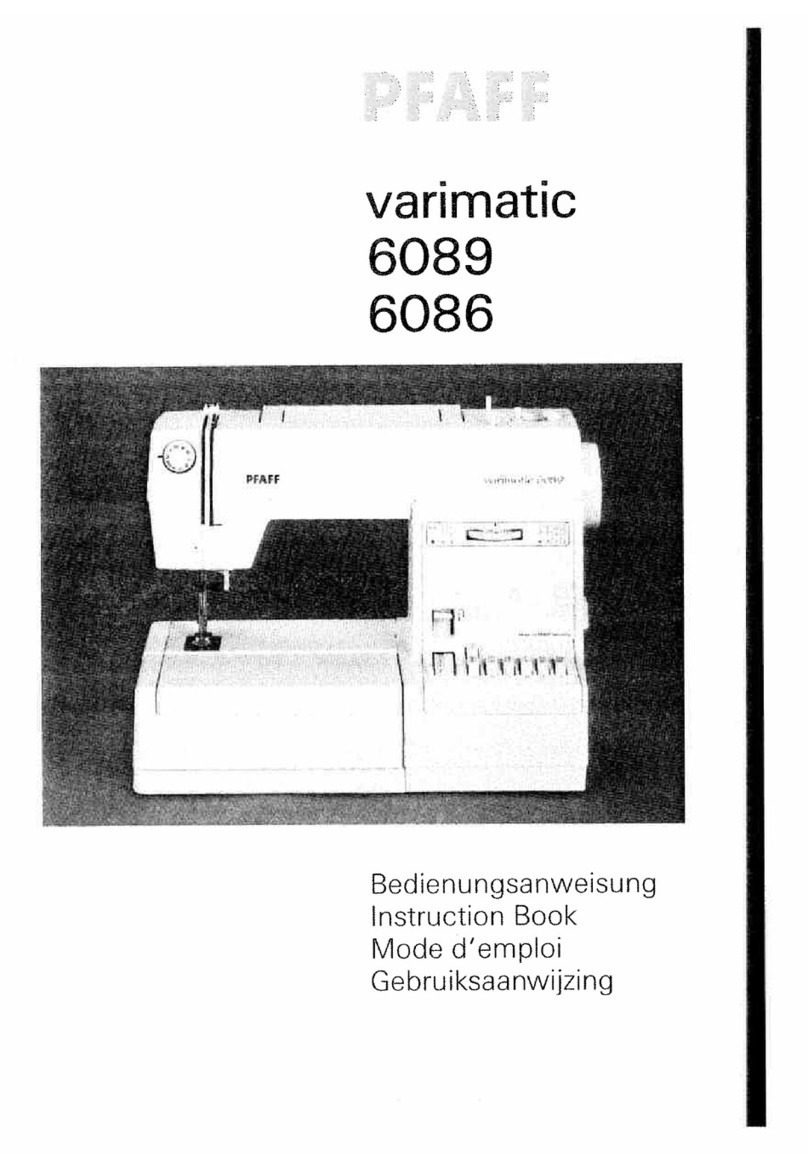Table of Contents
Contents ..................................................................................Page
9.02 Threading the needle/adjusting the needle thread ............................................................. 28
9.03 Threading the looper thread/adjusting the looper thread..................................................... 29
9.04 Selecting program numbers ................................................................................................ 30
9.05 Inputting fullness ................................................................................................................. 31
9.06 Entering/changing the template code.................................................................................. 32
9.07 Setting the control panel...................................................................................................... 34
10 Sewing .............................................................................................................................. 35
10.01 Manual sewing .................................................................................................................... 35
10.02 Sewing with fixed programs................................................................................................ 37
10.03 Programmed sewing ........................................................................................................... 39
10.04 Error messages.................................................................................................................... 41
11 Input................................................................................................................................... 42
11.01 Entering seam programs .....................................................................................................43
11.02 Examples for setting seam program.................................................................................... 50
11.03 Managing seam programs ................................................................................................... 58
12 Maintenance and Care....................................................................................................... 60
12.01 Maintenance intervals.......................................................................................................... 60
12.02 Cleaning the machine .......................................................................................................... 60
12.03 Machine oil level .................................................................................................................. 61
12.04 Cleaning/lubricating the top feed joints ............................................................................... 61
12.05 Checking/setting the air pressure ........................................................................................ 62
12.06 Cleaning the maintenance unit air filter .............................................................................. 62
12.07 Cleaning the blower air filter................................................................................................ 63
13 Adjustment ......................................................................................................................... 64
13.01 Notes on adjustment ........................................................................................................... 64
13.02 Tools, gauges and other accessories .................................................................................. 64
13.03 Abbreviations ....................................................................................................................... 64
13.04 Explanation of symbols........................................................................................................ 64
13.05 Checking and adjustment aid............................................................................................... 65
13.06 Adjusting basic machine ...................................................................................................... 66
13.07 Adjusting the edge cutting equipment. ............................................................................ 105
13.08 Adjusting the thread trimmer............................................................................................. 110
13.09 Parameter settings ............................................................................................................ 117
13.10 Sewing motor errors.......................................................................................................... 122
13.11 Error message explanations .............................................................................................. 123
13.12 Inputs table ........................................................................................................................ 124
13.13 Outputs table ..................................................................................................................... 124
13.14 Service menu..................................................................................................................... 125
13.15 Run cold start..................................................................................................................... 126
13.16 Internet update of machine software ................................................................................ 127
14 Wear and Tear Parts ........................................................................................................ 128
